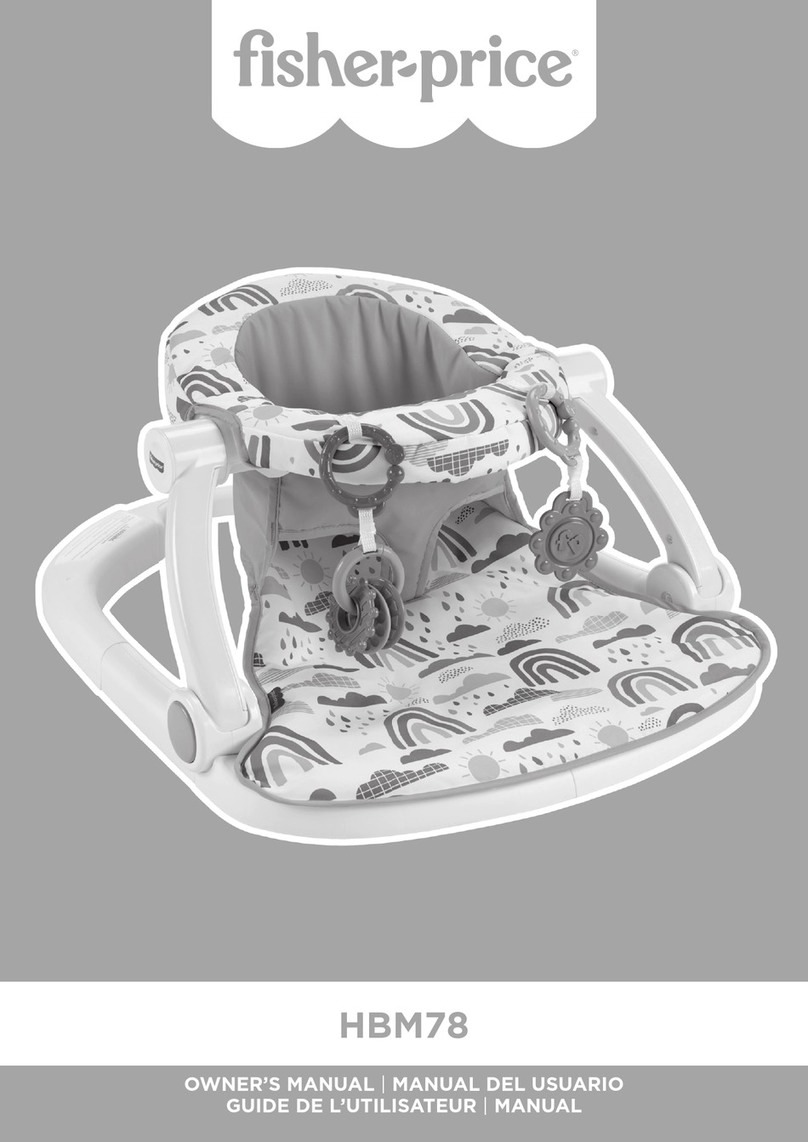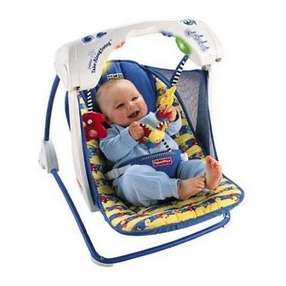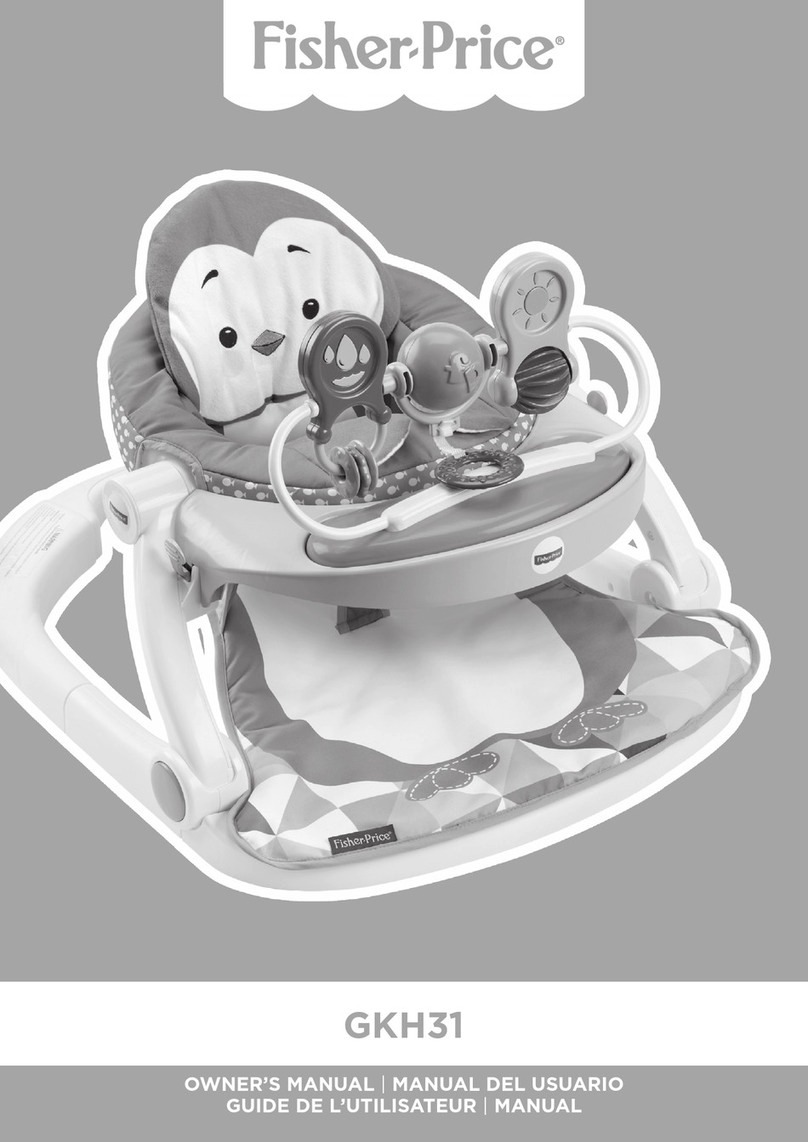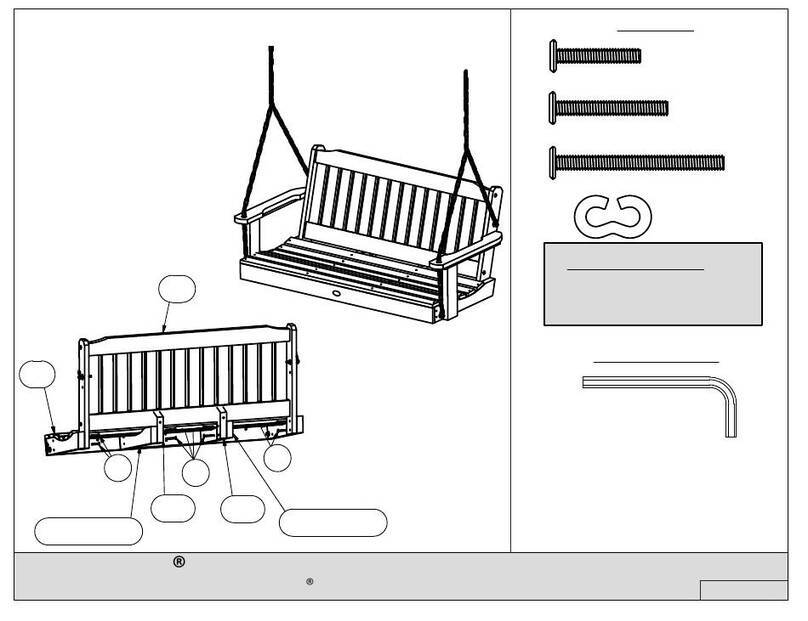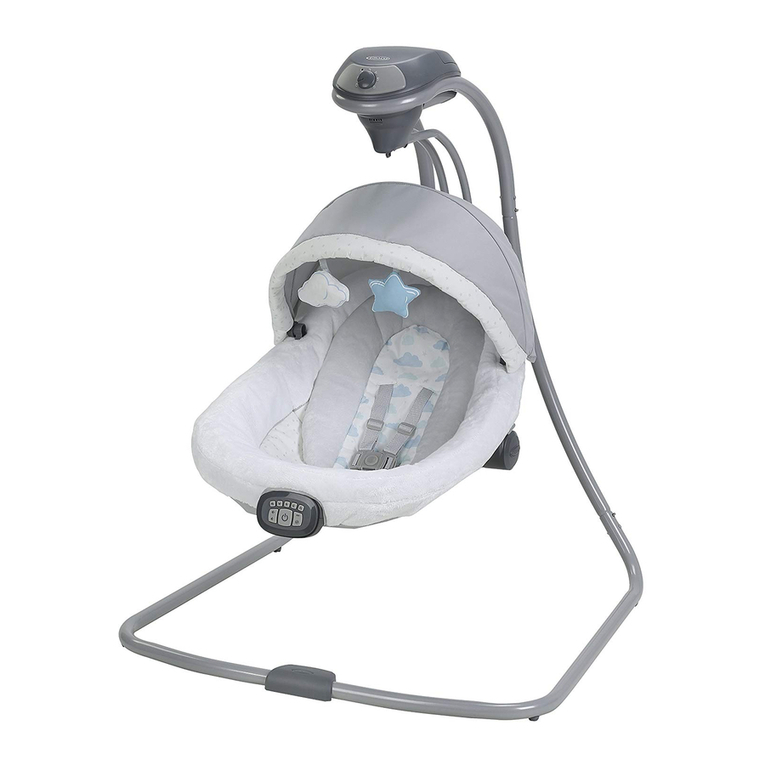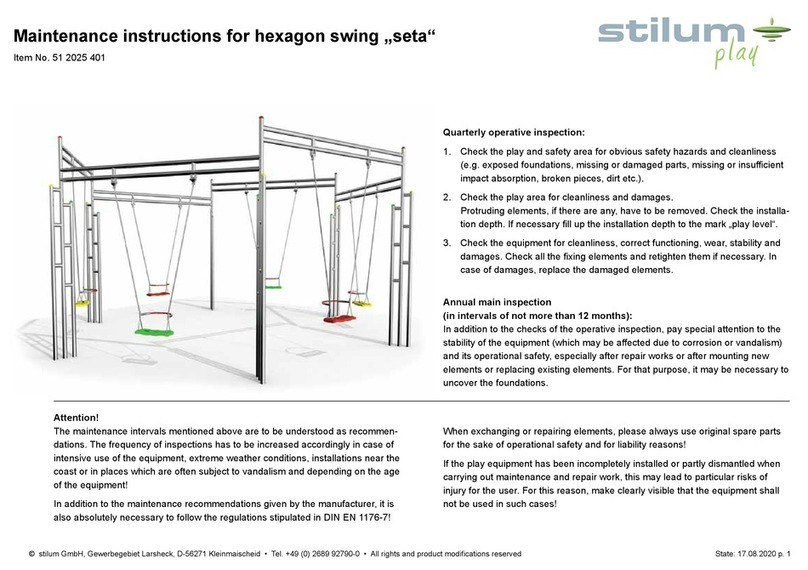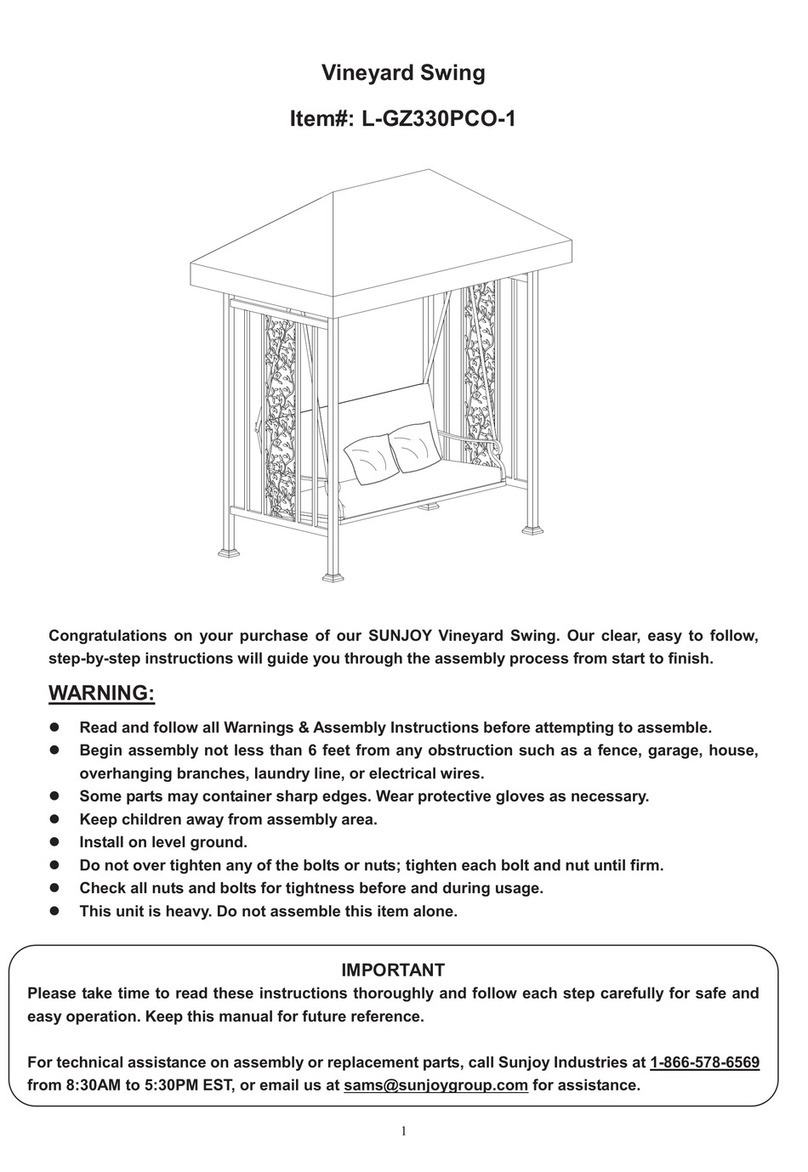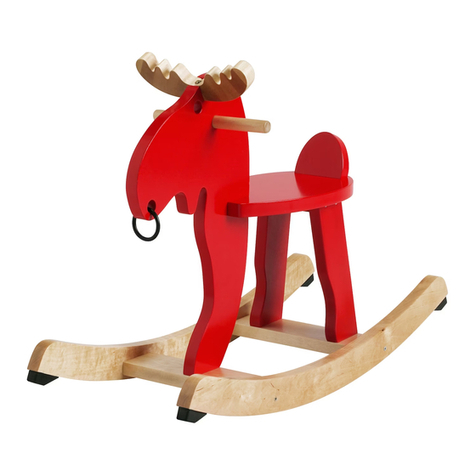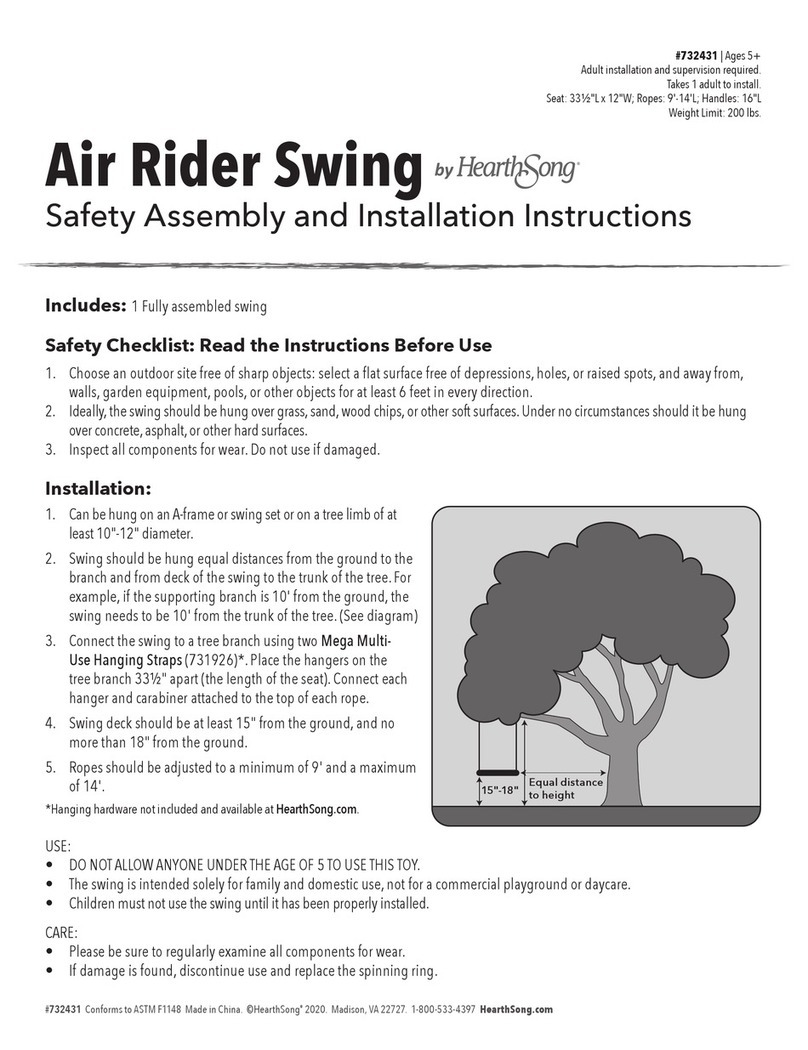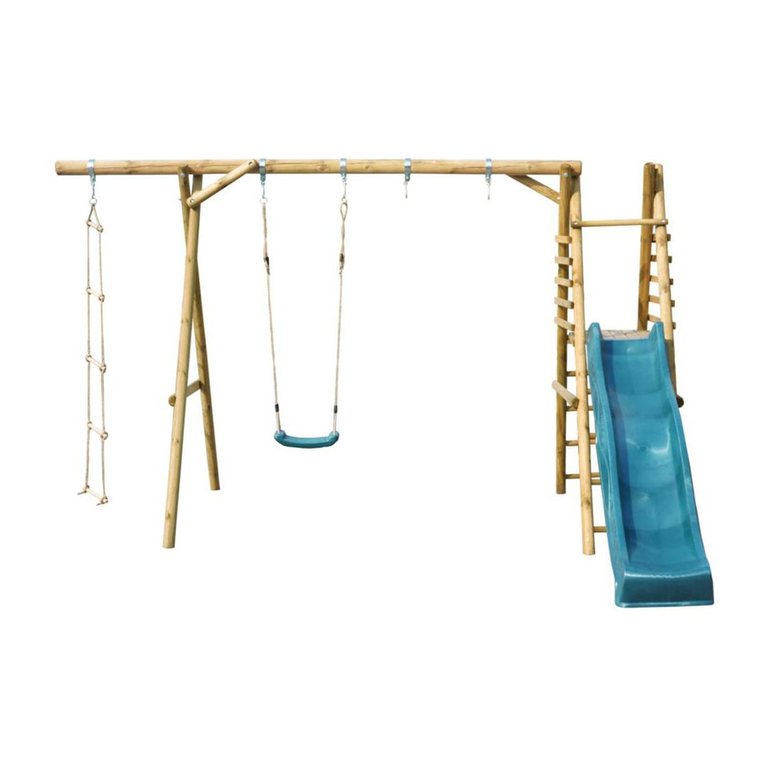Fisher-Price FBR80 User manual
Other Fisher-Price Baby Swing manuals

Fisher-Price
Fisher-Price N6020 User manual

Fisher-Price
Fisher-Price Y5708 User manual

Fisher-Price
Fisher-Price HBD27 Quick setup guide
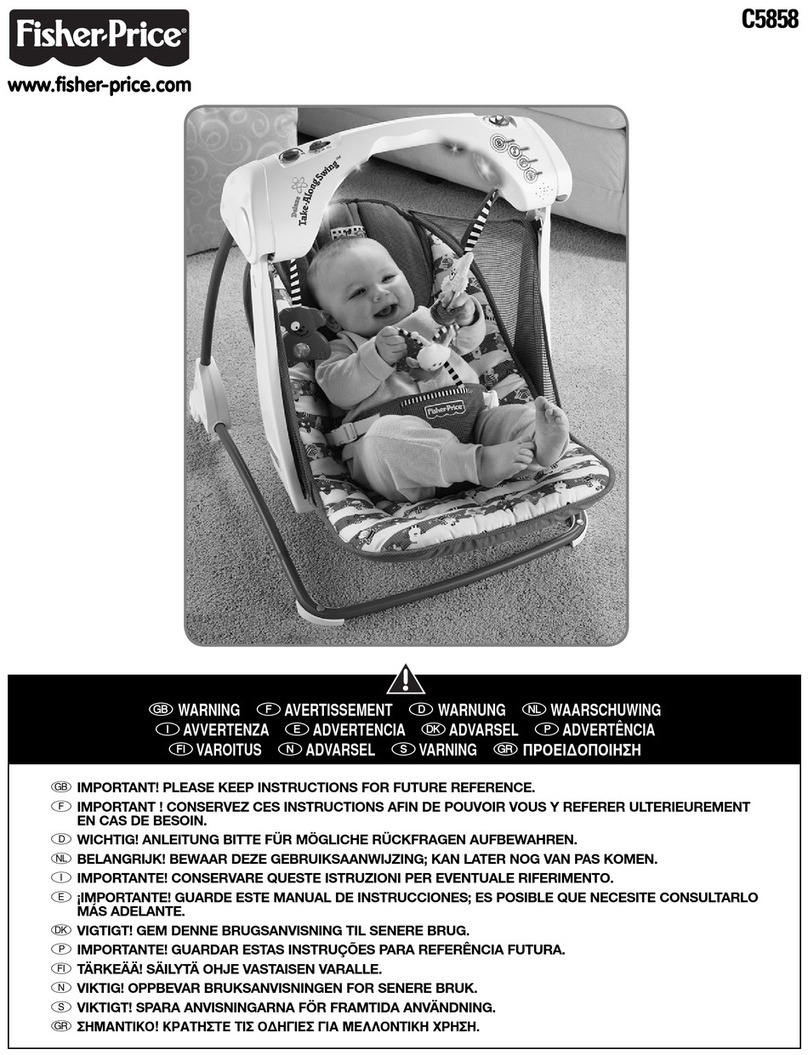
Fisher-Price
Fisher-Price C5858 User manual
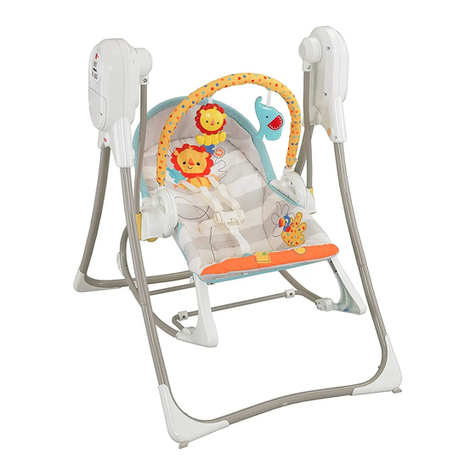
Fisher-Price
Fisher-Price BFH06 User manual
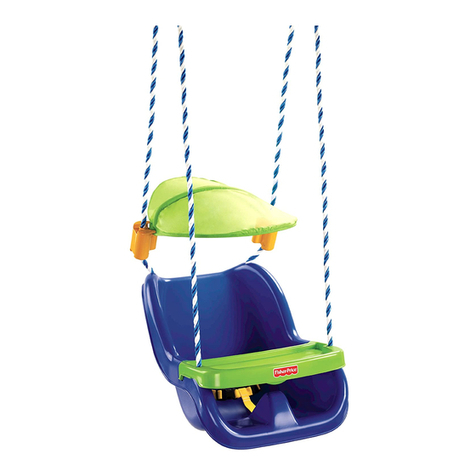
Fisher-Price
Fisher-Price V7597 User manual
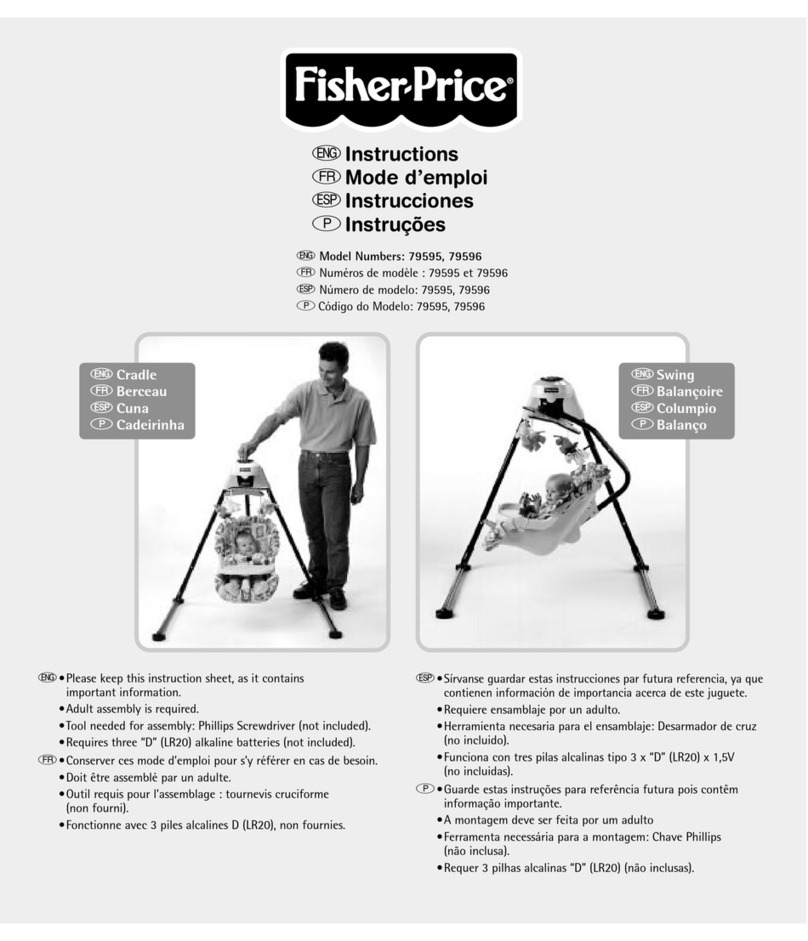
Fisher-Price
Fisher-Price 79595 User manual
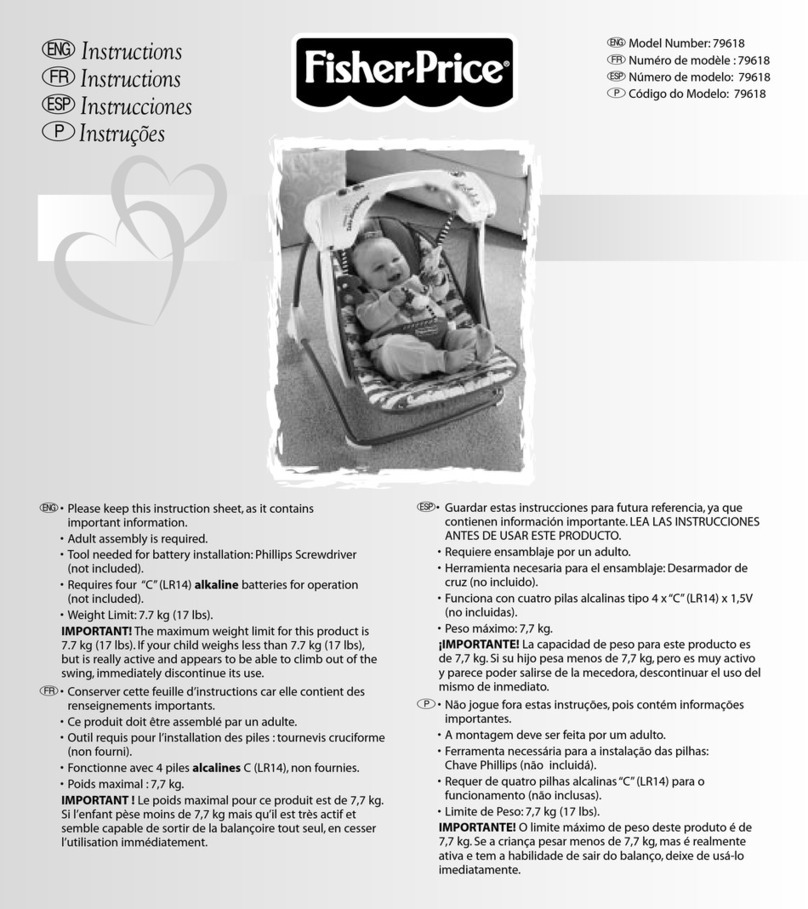
Fisher-Price
Fisher-Price DELUXE TAKE-ALONG 79618 User manual
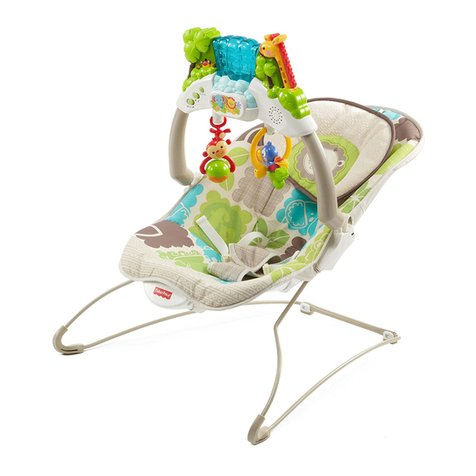
Fisher-Price
Fisher-Price Y8641 User manual
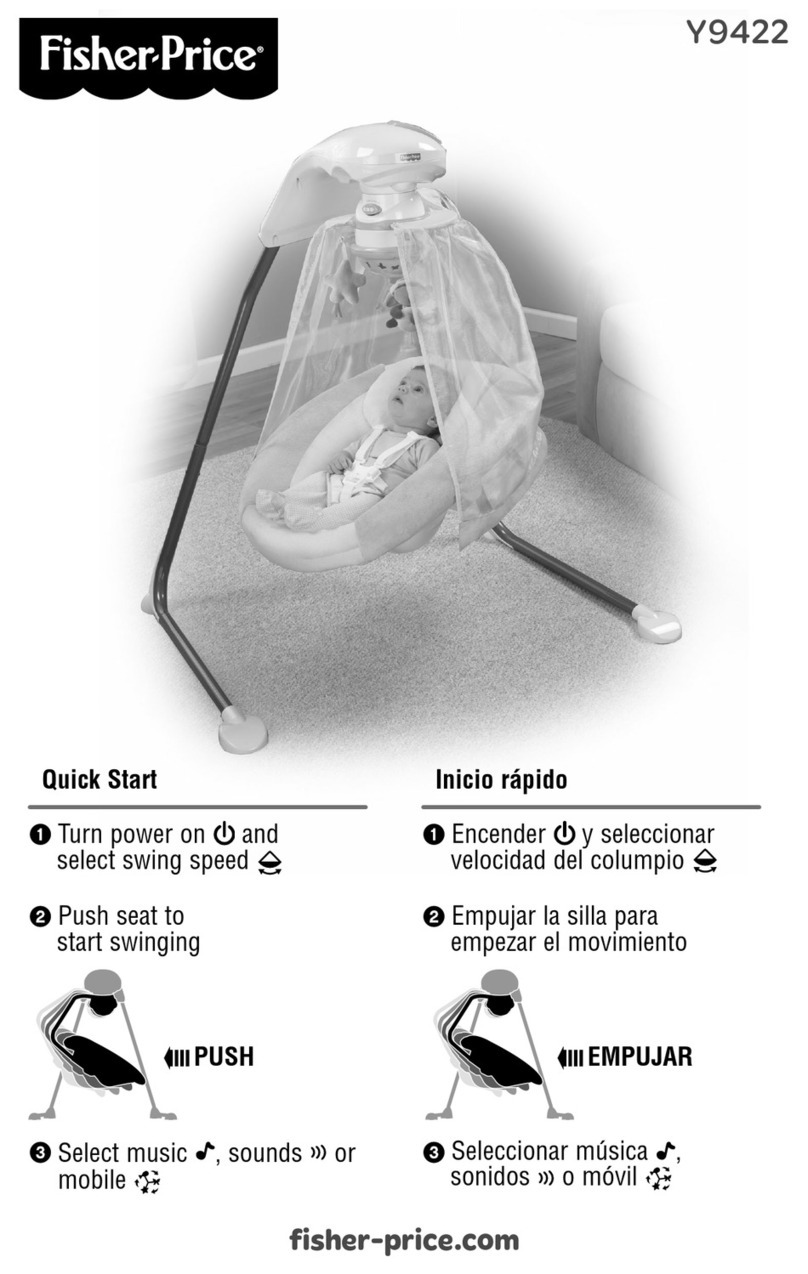
Fisher-Price
Fisher-Price Y9422 User manual

Fisher-Price
Fisher-Price HBT17 Quick setup guide
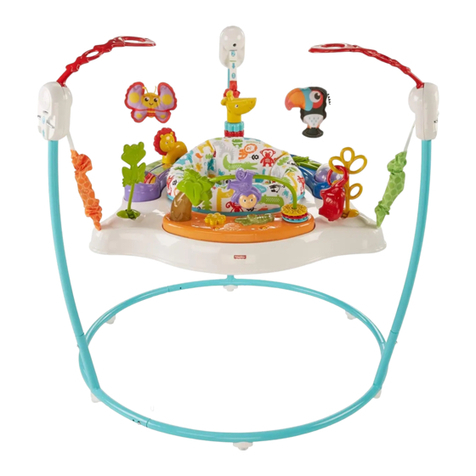
Fisher-Price
Fisher-Price FFJ00 User manual

Fisher-Price
Fisher-Price FLG91 User manual

Fisher-Price
Fisher-Price V3394 User manual

Fisher-Price
Fisher-Price GYN85 User manual
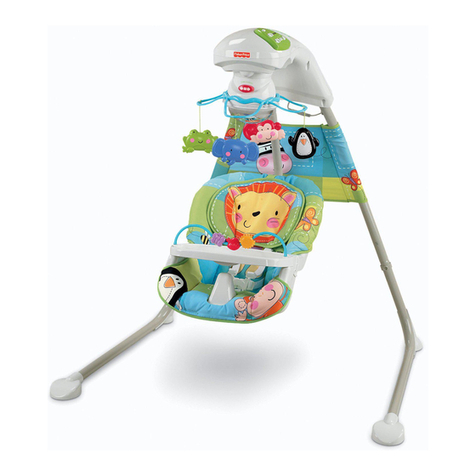
Fisher-Price
Fisher-Price W9507 User manual

Fisher-Price
Fisher-Price G8661 User manual

Fisher-Price
Fisher-Price Aquarium Take-Along Swing User manual

Fisher-Price
Fisher-Price P0098 User manual

Fisher-Price
Fisher-Price N9278 User manual
Popular Baby Swing manuals by other brands
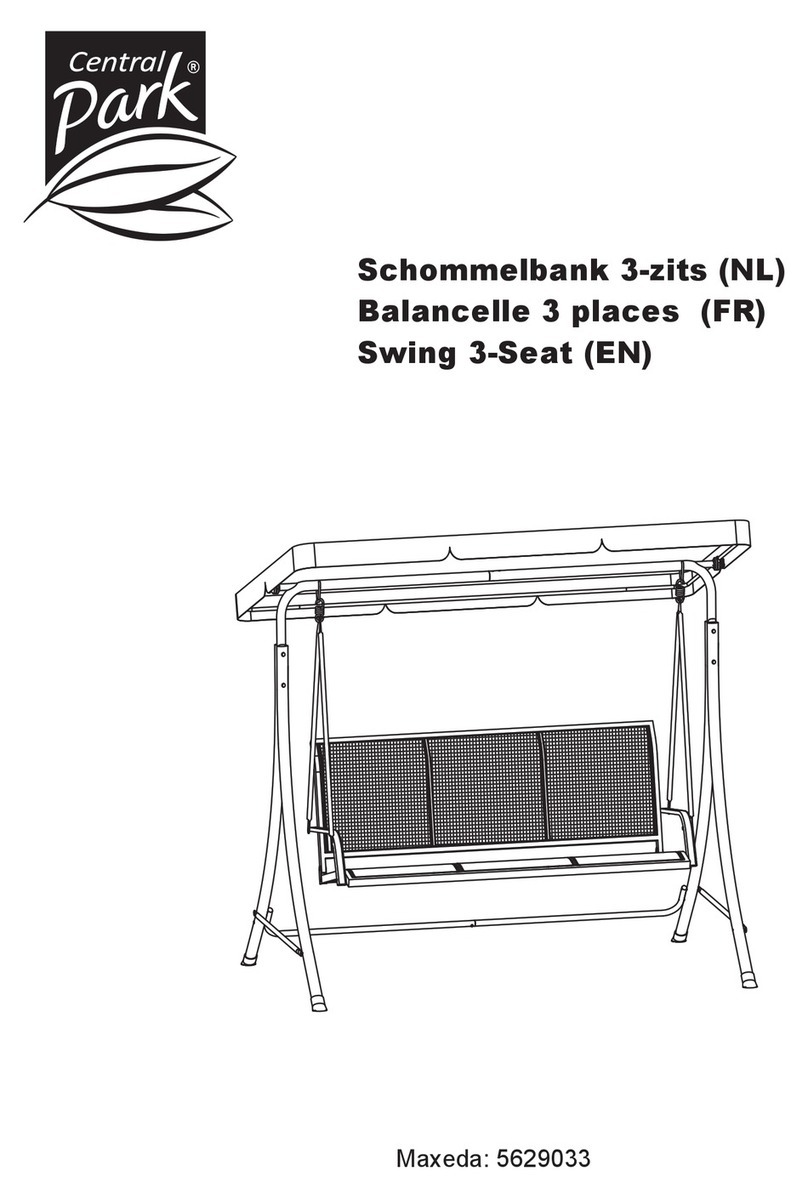
Central Park
Central Park 5629033 manual
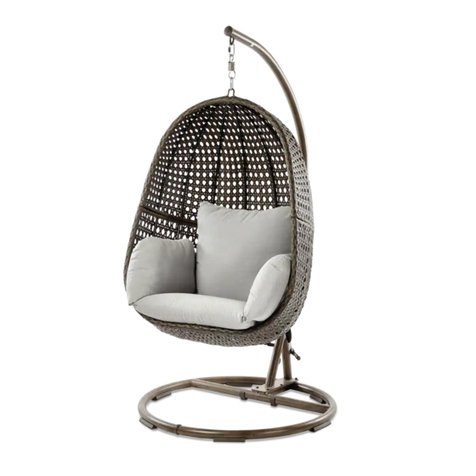
Canvas
Canvas BAFFIN 088-2292-4 Assembly instructions
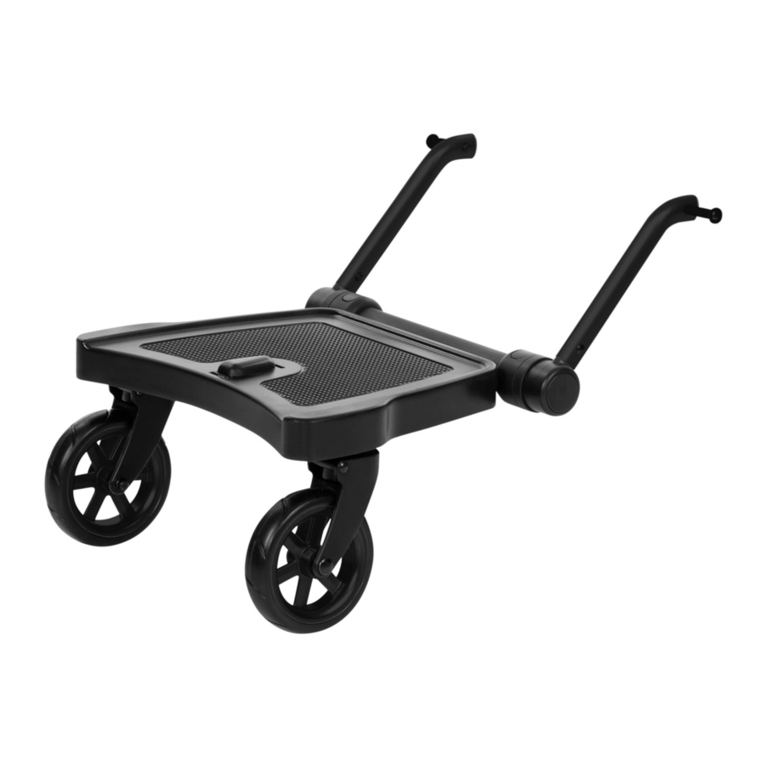
ABC Design
ABC Design Kiddie Ride On Instructions for use
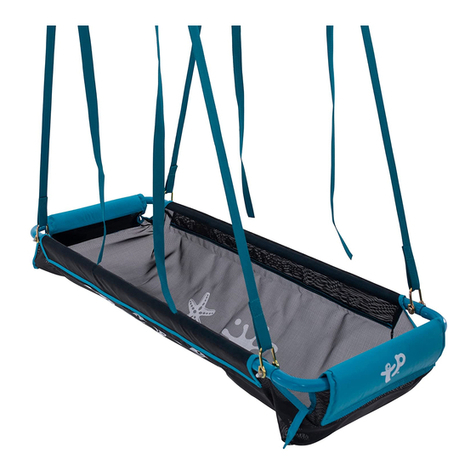
TP
TP Pirate Boat TP903 Instructions for assembly, maintenance and safe use
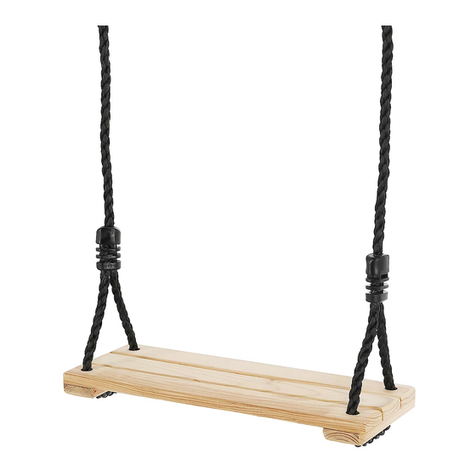
Clas Ohlson
Clas Ohlson 31-5722 quick start guide
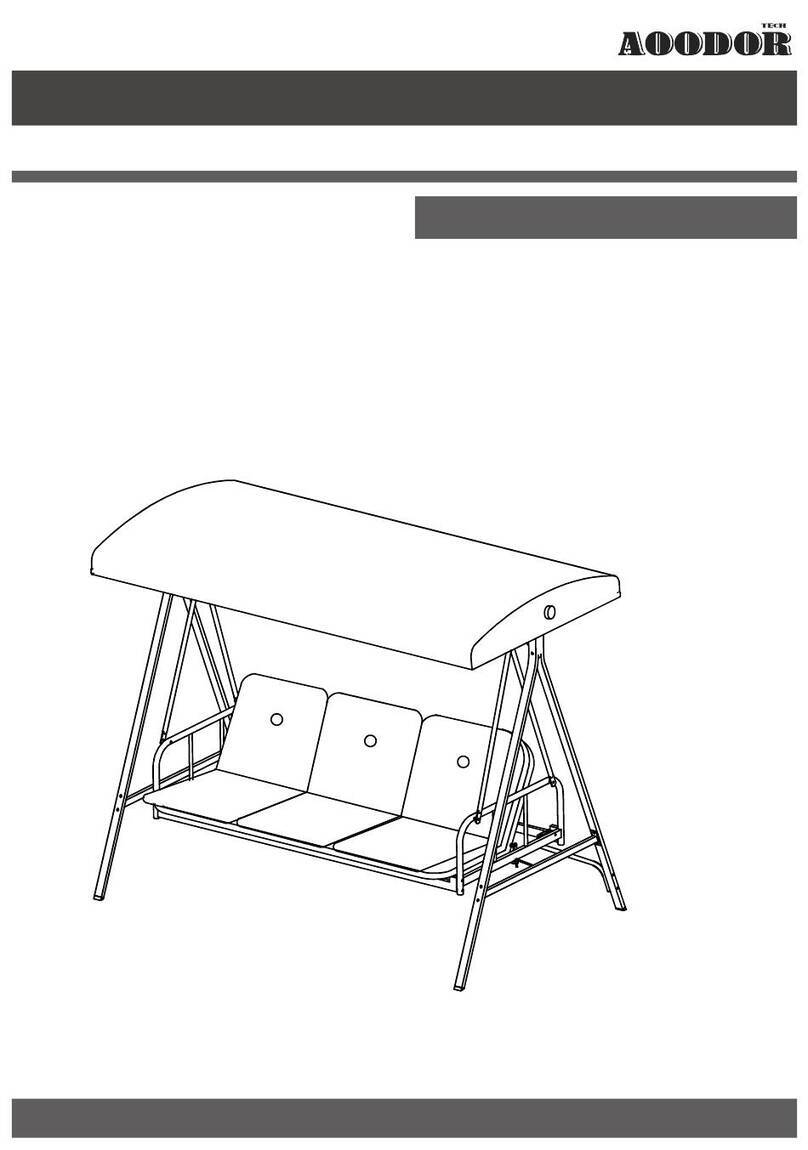
AOODOR
AOODOR 800-052 Assembly & instruction manual
